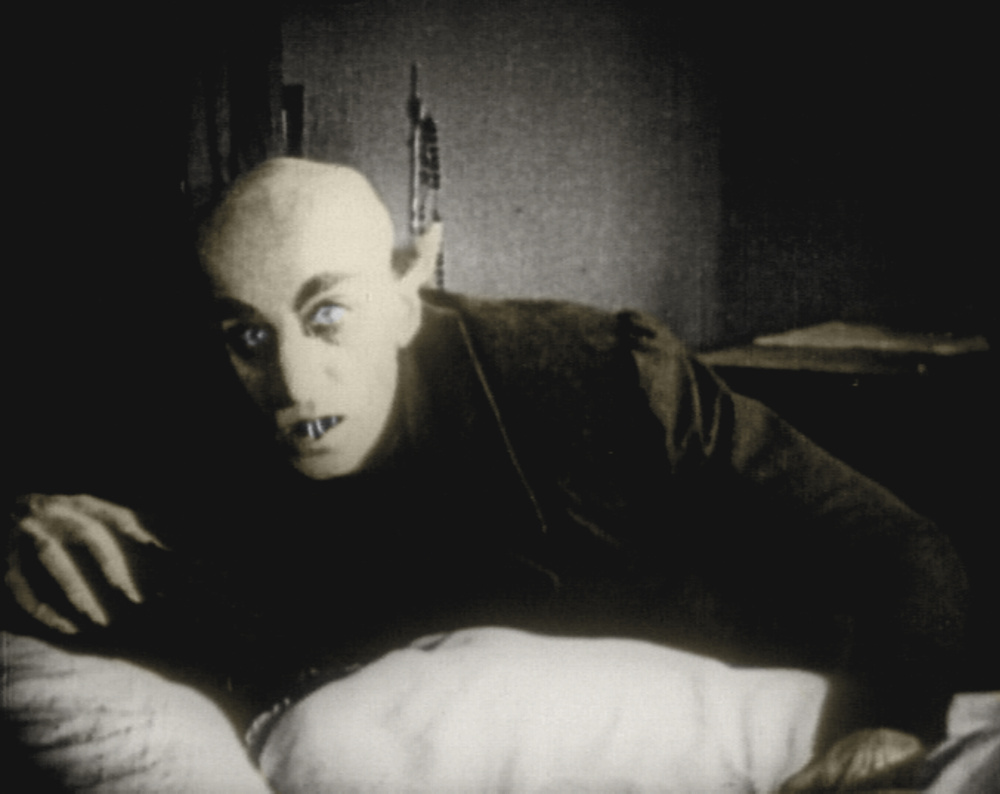Portland’s classical music institutions seem to be doing what they can to undercut classical music’s unfortunate (and never really accurate) image as dour and exclusive. Most performances I’ve attended so far have been preceded by informal preconcert talks, sometimes with the evening’s artists, that go a long way toward demystifying the music. Performers speaking between pieces is common here, too, and where that was once frowned upon as a ploy to win an audience’s sympathy, nowadays it is seen as a way of piercing the invisible wall between players and listeners, and audiences appreciate it.
But few organizations bring the music down to earth as thoroughly as the Friends of the Kotzschmar Organ. Organ concerts, by their nature, can be daunting. In other cities, they take place mostly in churches, where the player sits in an organ loft, heard but not seen, The repertory can be challenging as well, although discovering its charms is only a matter of surrendering to it and seeing where it takes you.
The Kotzschmar, though, comes with a sizable legend that is not merely local: Organists all over the country know and admire it. Because its home is Merrill Auditorium, where the console is on stage, its players are in full view, and the Friends’ series carefully balances straightforward recitals with events geared for popular appeal.
You could hardly get more populist than its annual Halloween concert. This year’s presentation, on Friday evening at Merrill Auditorium, included a 90-minute party, with food in the lobby and a costume parade and contest in the concert hall, as a prelude to the main event – a silent horror film classic, with a live soundtrack provided by Tom Trenney, an organist based in Nebraska who has presided over the Friends’ Halloween events in recent years. (Trenney also gamely accompanied the costume contest.)
A large audience, much of it college age or younger (and many in costume) packed into the hall to hear Trenney’s inventive, sometimes tongue-in-cheek accompaniment to “Nosferatu – A Symphony of Horror.” The film, F.W. Murnau’s 1922 adaptation of Bram Stoker’s “Dracula,” is set in Germany and Transylvania, at a time of out-of-control mustaches, eyebrows and sideburns, as well as hideously uncomfortable clothing.
For sheer creepiness, Bela Lugosi’s Dracula had nothing on Max Schreck’s bald, big-eyed, pointy-eared, long-fingered and sabre-toothed Nosferatu. But the film’s combination of stylized acting – which today reads as overacting – as well as its overwrought dialogue cards, makes it seem weirdly comical, and drew laughs at several points. Trenney’s task, which he accomplished with admirable flexibility, was to present an improvised score that accounted for the audience’s response, while also respecting Murnau’s intention, which was to present a scary tale.
Improvisation was once an important skill in classical music. Mozart and Beethoven were renowned improvisers. But classical musicians have mostly abandoned that side of the art. Organists are the exception. Attend one of the American Guild of Organists’ annual gatherings, and you are likely to hear improvisation competitions in which players write themes for each other on the spot, to minimize advance preparation. Trenney is a champion of that tradition, and on Friday he used the Kotzschmar’s resources to both add dimension to the screen action (which he watched on a small monitor perched atop the console) and to comment on it.
Morning scenes were supported by light, fluty figuration and chirping birds, although in one memorable section, Trenney drew laughter by playing variations on Cat Stevens’ “Morning Has Broken,” with a tip of the hat to the morning music from Rossini’s “William Tell” overture. He used the organ’s percussion stops to illustrate galloping horses, in travel scenes, as well as the beat of the town crier’s snare drum. For the announcement that the rats on Nosferatu’s ghost ship may have brought the Plague to the sleepy German town, Trenney offered a brief, reedy evocation of a medieval dance. And bits of Bach’s Toccata and Fugue in D minor appeared fleetingly when the vampire lurked threateningly.
There were moments when Trenney’s wanderings through mostly Germanic and occasionally French styles seemed busier than was necessary, but mostly, his colorful extemporizations were more absorbing than the antique imagery on the screen.
The next concert in the Friends of the Kotzschmar Organ series is a recital by Carol Williams, San Diego’s civic organist, at Merrill Auditorium on Nov. 17.
Allan Kozinn is a former music critic and culture writer for The New York Times who lives in Portland. He can be contacted at:
allankozinn@gmail.com
Twitter: kozinn
Send questions/comments to the editors.



Comments are no longer available on this story